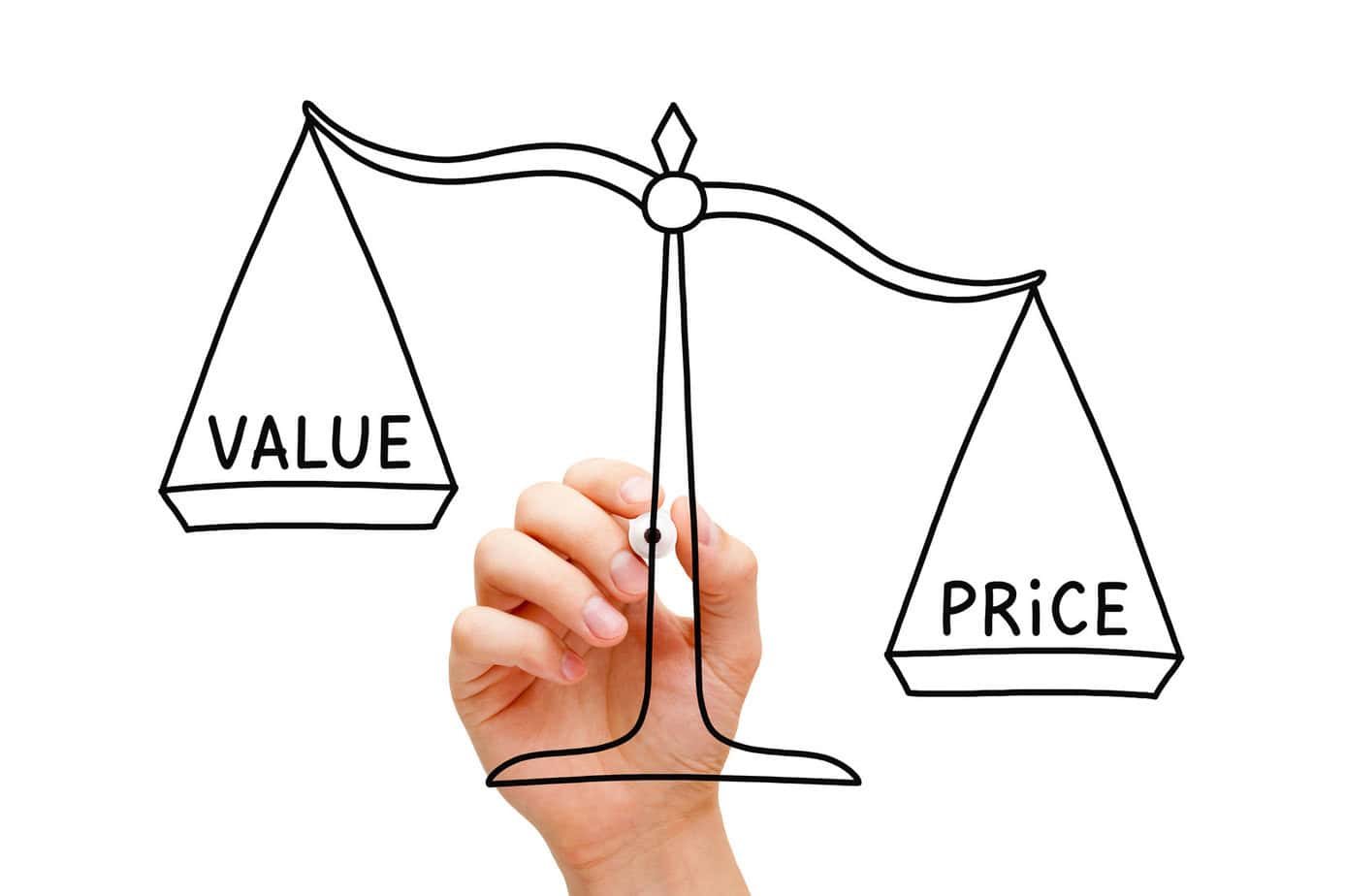Stocks and bonds are fundamental components of the investment landscape, offering investors distinct opportunities and risks. Stocks represent ownership shares in a company, potentially yielding dividends and capital gains if the company grows and prospers. Bonds are debt instruments issued by corporations or governments, providing regular interest payments and the return of principal upon maturity.

Now, we will learn two more phrases:
Par Value: Also known as face value, par value is the nominal value assigned to a financial instrument by the issuing entity. Historically, when stocks and bonds were physical paper certificates, this value was printed directly on the face of the shares. For bonds, the par value is particularly significant as it represents the amount the holder will receive when the bond matures. Regardless of the bond’s market fluctuations before maturity, the payout upon maturity will equate to the par value.
Market Value: In contrast, market value refers to the current trading price of a financial instrument on the stock market. This value is dynamic, fluctuating in response to various market forces, including investor demand, economic conditions, and broader market trends. For stocks, market value is of prime importance, reflecting what investors are willing to pay for the stock at any given time.
So, what we learn:
While par value represents the nominal or face value assigned by the issuer to a financial instrument like a stock or bond, remaining constant over time, market value is the current trading price on the stock market, dynamically fluctuating based on market conditions and investor behavior.
Par Value vs. Market Value
- Definition:
- Par Value: The nominal or face value the issuer assigns to a financial instrument (like a stock or bond). It is a static value that does not change over time.
- Market Value: The current trading price of a financial instrument on the stock market. It fluctuates based on market conditions and investor behavior.
- Relevance:
- Par Value:
- Bonds: Very relevant as the amount paid to the bondholder at maturity.
- Stocks: Largely symbolic and used for accounting and legal purposes, often set at a minimal amount.
- Market Value:
- It is critical for both stocks and bonds as it reflects what investors are willing to pay based on performance, market conditions, and other economic indicators.
- Par Value:
- Determination:
- Par Value: Determined by the issuing company at the time of the instrument’s creation and often stated on the certificate.
- Market Value: Determined by the open market through investors’ buying and selling actions, influenced by external economic factors and internal company performance.
- Impact on Investment Decisions:
- Par Value:
- Bonds: Investors consider the par value to predict the payout at maturity if held to term.
- Stocks: Rarely a consideration in investment decisions beyond initial stock setup.
- Market Value:
- It is essential for making buy or sell decisions as it indicates an investment’s perceived value and potential profitability.
- Par Value:
- Fluctuation:
- Par Value: Does not fluctuate once set.
- Market Value: Constantly changes as it is subject to market dynamics.
- Legal and Regulatory Role:
- Par Value: This can affect the legal stance of stock, such as the minimum capital that must be maintained in the company.
- Market Value: Has no direct legal implications but is critical for regulatory reporting and financial analysis.
Key Takeaways:
- Bonds:
- The par value of a bond is the amount payable to the bondholder at maturity.
- Prior to maturity, a bond’s trading price on the secondary market may be above or below its par value, influenced by its yield attractiveness relative to current market conditions.
- At maturity, the bondholder receives the par value, irrespective of the bond’s previous market price fluctuations.
- Stocks:
- For stocks, the par value is often a nominal figure set for regulatory purposes and has little impact on the trading dynamics of the stock.
- The market value of a stock is crucial for investors. It represents the real-time price that can be obtained on the open market.
Practical example: Par Value vs. Market Value
Let’s consider a practical example involving a bond and a stock to illustrate the differences between par value and market value.
Example of a Bond:
- Par Value: Suppose a corporation issues a bond with a par value of $1,000. This means when the bond reaches its maturity date, the bondholder is guaranteed to receive $1,000, regardless of its price fluctuations over its life.
- Market Value: Now, assume that due to changes in interest rates, the market conditions make similar new bonds offer a higher interest rate than the bond in question. Consequently, the market value of our bond might drop to, say, $950 to make it competitive in yield. Conversely, if interest rates drop, making new bonds less attractive, our bond’s market value could rise above its par value, perhaps to $1,050.
Example of a Stock:
- Par Value: A company issues shares with a par value of $0.01 each. This value is primarily symbolic and used for legal recording. It doesn’t significantly impact the stock’s trading activity.
- Market Value: Suppose the company has performed well, reporting solid earnings and growth prospects. As a result, investors might value the company’s stock much higher than its par value. If the market is optimistic, the stock, initially offered at $10 per share during an IPO, could rise to $50 based on market demand and the company’s performance.
In both cases, the par value remains a fixed, unchanging number that is important at the issuance of the bond or stock or its maturity in the case of the bond. The market value, however, is dynamic and can significantly exceed or fall below the par value based on external economic conditions and internal performance metrics.
























